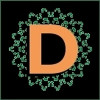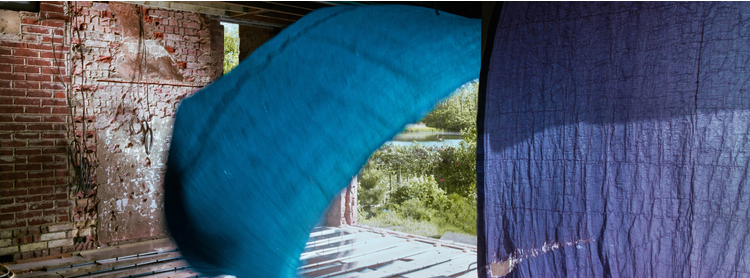Abstract
This article explores sexual desire, exhalation and the transformation of female bodies in the Orientalist romance novel, comparing two works written by female authors: Charlotte Dacre’s Zofloya (1806) and E.M. Hull’s The Sheik (1919). Dacre’s heroine, Victoria, is seduced and controlled by the Devil, who is disguised as a young Moor. He encourages her to commit multiple crimes before killing her. Before her death, Victoria’s body becomes larger and darker, like Zofloya’s. Hull’s heroine, Diana, is abducted and raped by a Sheik, but both eventually fall in love and have a happy ending. Diana’s behaviour, initially boyish, deflates and softens. These transitions of conventional masculine and feminine traits parallel the characters’ increased outtake of breath in various forms: from sigh, speech and exclamation. This change could be interpreted as either destructive or liberating for the heroines. Despite being written a century apart (with different geographical and historical settings), both novels present the figure of a non-Western and non-white man as violent and attractive. The conclusion reveals that the Oriental fantasy is a complex search for sexual options; exhalation representing the departure of a culturally constructed mind.
Keywords: Orientalist romance novel, desire, female body, transformation, breathing, exhalation
How to Cite:
Suwanban, P., (2018) “From Exhalation to Transformation: The Female Body in the Orientalist Romance”, Dandelion: Postgraduate Arts Journal and Research Network 9(1). doi: https://doi.org/10.16995/ddl.686
Downloads:
Download PDF
7256 Views
1606 Downloads

